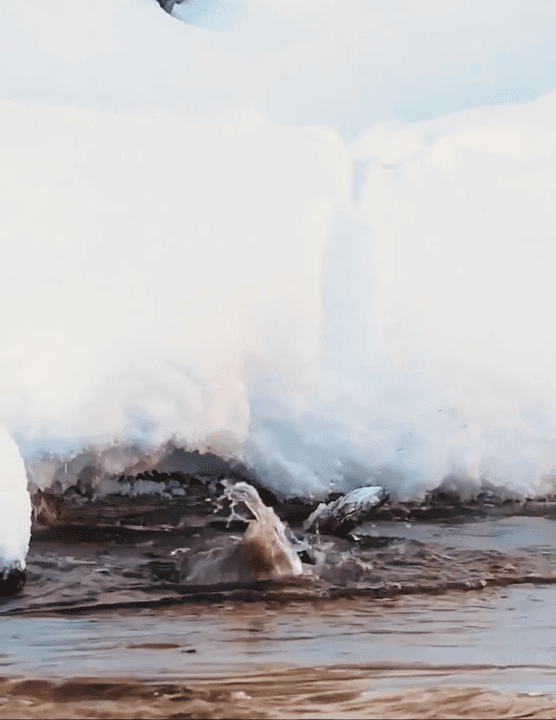
Lion Hunting in Tanzania: season, areas, cost. A Practical Guide for Hunters Tanzania remains one of the few destinations where ethical and legal lion hunting is still possible under strict regulations. This article provides essential information for hunters considering this challenging pursuit. Hunting Seasons and Regulations Season: Lion hunting in Tanzania typically takes place during the dry season, which runs from July to November. The dry season concentrates animals around water sources, making them easier to locate. Quotas: Lion hunting is strictly quota-based. The Tanzanian government sets annual quotas based on scientific surveys to ensure sustainable hunting practices. These quotas are very limited. Licenses and Permits: You must hunt through a licensed hunting outfitter. Your outfitter will handle the complex process of obtaining the necessary licenses and permits, including CITES permits for export (if applicable). Be prepared to provide extensive documentation and all
Post: 20 February 22:43















































